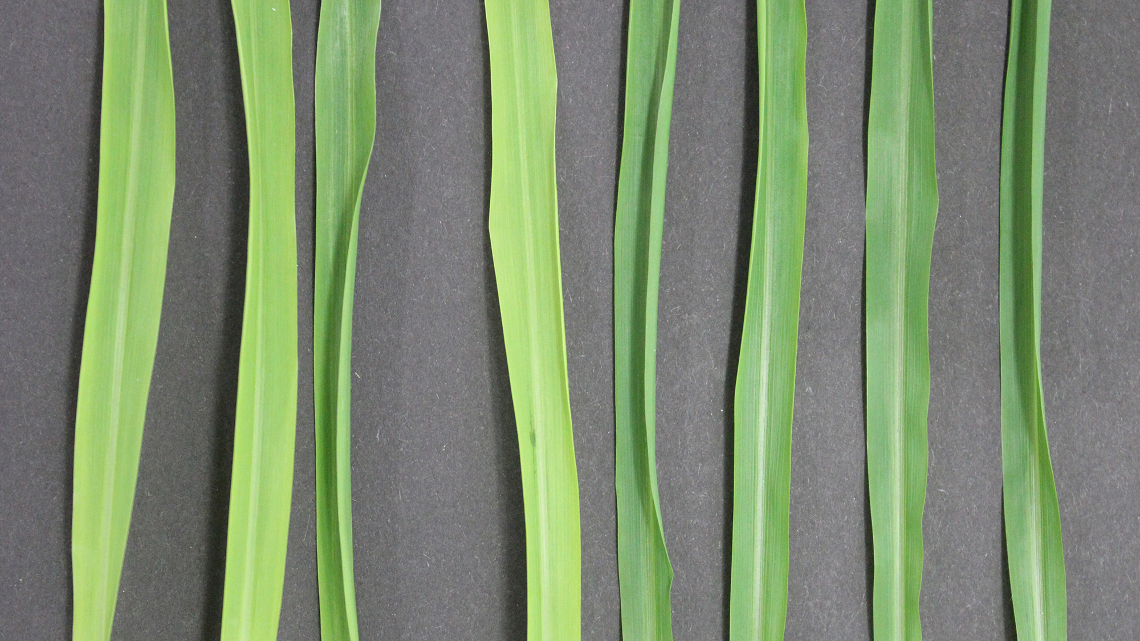New iron transporter discovered
Iron is essential for plant growth and harvest yields. Now, researchers in Jena discovered a new iron transporter that significantly improves the productivity of plants.

Not only humans rely on photosynthesis by plants for the coveted oxygen. For plants themselves photosynthesis is an essential metabolic pathway. And for it to work well, they require chlorophyll – the green “blood” of plants. However, in order to produce enough chlorophyll, plants require iron, which in turn is often hardly soluble from the soil. Now, plant researchers from the Leibniz Institute for Natural Product Research and Infection Biology – Hans-Knöll-Institut (HKI) in Jena found evidence for a new kind of iron transporter in the genome of the bacterium paraburkholderia graminis.
Gramibactin binds iron via novel mechanism
The researchers report in the journal “Nature Chemical Biology” that they discovered a new siderophore ("iron carrier"). The molecule is produced by bacteria that live in the root area of maize and wheat. Since the bacteria that produce it are associated with the roots of sweet grasses – the Gramineae – the researchers named it gramibactin. It binds to iron from the environment that is otherwise mostly insoluble in water and introduces it into the bacterial metabolism. The grain plants benefit from this because they can absorb the iron that is mobilised by the bacteria and form more chlorophyll. Surprisingly, gramibactin binds iron in a way not previously observed in nature. "It is always fascinating to see the different ways in which chemical problems are solved in nature", says Hertweck. "We hope that our findings will contribute to improving the fitness and health of these important crops in a natural way.”
According to the researchers, the ring-shaped molecule belongs to the family of lipodepsipeptides. Moreover, it appears as if Gramibactin fixes iron (III) ions with a very high affinity through two unusual N-nitrosohydroxylamine groups that protrude from the ring structure. This has not previously been observed in natural iron transporter molecules and therefore makes gramibactin the first representative of an entirely new class of siderophores.
50% more chlorophyll due to gramibactin
To test whether gramibactin can actually improve the iron supply of plants, the researchers used the production of chlorophyll as a read-out. Chlorophyll is the green pigment that is required for photosynthesis and it can only be synthesized if sufficient iron is present. The team was able to demonstrate that corn plants produced up to 50% more chlorophyll in the presence of the gramibactin-iron complex.
These results show that iron provided through bacterial activities can have a beneficial effect on plant growth. Thus, a balanced and natural colonisation of the plant root area with microorganisms – the so-called root microbiome – is an essential factor for plant growth and therefore high crop yields.
jmr


